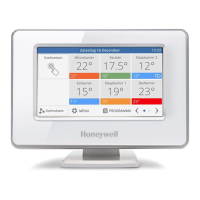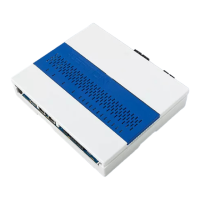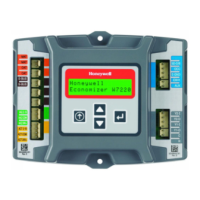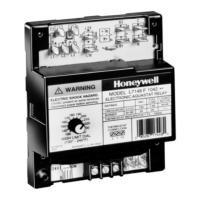MICROPROCESSOR-BASED/DDC FUNDAMENTALS
138
ENGINEERING MANUAL OF AUTOMATIC CONTROL
Table 1. Typical DDC Operators. VAV AHU at reduced capacity. Unless required by IAQ,
outdoor air dampers and ventilation fans should be inactive
during preoccupancy warmup periods. For weekend shutdown
periods, the program automatically adjusts to provide longer
lead times. This program adapts itself to seasonal and
building changes.
Fig. 5. Optimum Start.
Optimum Stop
The optimum stop program (Fig. 6) uses stored energy to
handle the building load to the end of the occupancy period.
Based on the zone temperatures that have the greatest heating
and greatest cooling loads, and the measured heating and
cooling drift rates, the program adjusts equipment stop time
to allow stored energy to maintain the comfort level to the
end of the occupancy period. This program adapts itself to
changing conditions.
Fig. 6. Optimum Stop.
AHU ON
AHU OFF
6:00 AM
8:00 AM 10:00 AM
12:00 NOON
NORMAL
OCCUPANCY
ADAPTIVELY
ADJUSTED
LEAD TIME
INDOOR
TEMPERATURE (F)
80
75
70
65
6:00 AM
8:00 AM 10:00 AM 12:00 NOON
TIME
COOLING
HEATING
COMFORT
LEVEL
C2436
AHU ON
AHU OFF
3:00 PM
4:00 PM
6:00 PM
END OF
OCCUPANCY
INDOOR
TEMPERATURE (F)
76
74
72
70
4:00 PM
C2437
OPTIMUM STOP
PERIOD
3:00 PM
6:00 PM
TIME
NORMAL
CONTROL
RANGE
COMFORT
LIMITS
5:00 PM
5:00 PM
LEAD TIME
OF SHUTDOWN
SUMMER
WINTER
Operator Description
Sequence Allows several controller outputs to be
sequenced, each one operating over a full
output range.
Reversing Allows the control output to be reversed to
accommodate the action of a control valve
or damper actuator.
Ratio Translates an analog output on one scale
to a proportional analog output on a
different scale.
Analog
controlled
digital output
Allows a digital output to change when an
analog input reaches an assigned value.
Also has an assignable dead band feature.
Digital
controlled
analog output
Functionally similar to a signal switching
relay. One state of the digital input selects
one analog input as its analog output; the
other state selects a second analog input
as the analog output.
Analog
controlled
analog output
Similar to the digital controlled analog
output except that the value and direction of
the analog input selects one of the two
analog signals for output.
Maximum
input
Selects the highest of several analog input
values as the analog output.
Minimum input Selects the lowest of several analog input
values as the analog output.
Delay Provides a programmable time delay
between execution of sections of
program code.
Ramp Converts fast analog step value changes
into a gradual change.
ENERGY MANAGEMENT SOFTWARE
Microprocessor-based controllers can combine control and
energy management functions in the controller to allow sensor
and data file sharing and program coordination. Energy
management functions can be developed via the above DDC
operators, math functions, and time clock values, or they can
be separate program subroutines.
A summary of energy management programs possible for
integration into microprocessor-based controllers follows:
Optimum Start
Based on measurements of indoor and outdoor temperatures
and a historical multiplier adjusted by startup data from the
previous day, the optimum start program (Fig. 5) calculates a
lead time to turn on heating or cooling equipment at the
optimum time to bring temperatures to proper level at the time
of occupancy. To achieve these results the constant volume
AHU optimum start program delays AHU start as long as
possible, while the VAV optimum start program often runs the

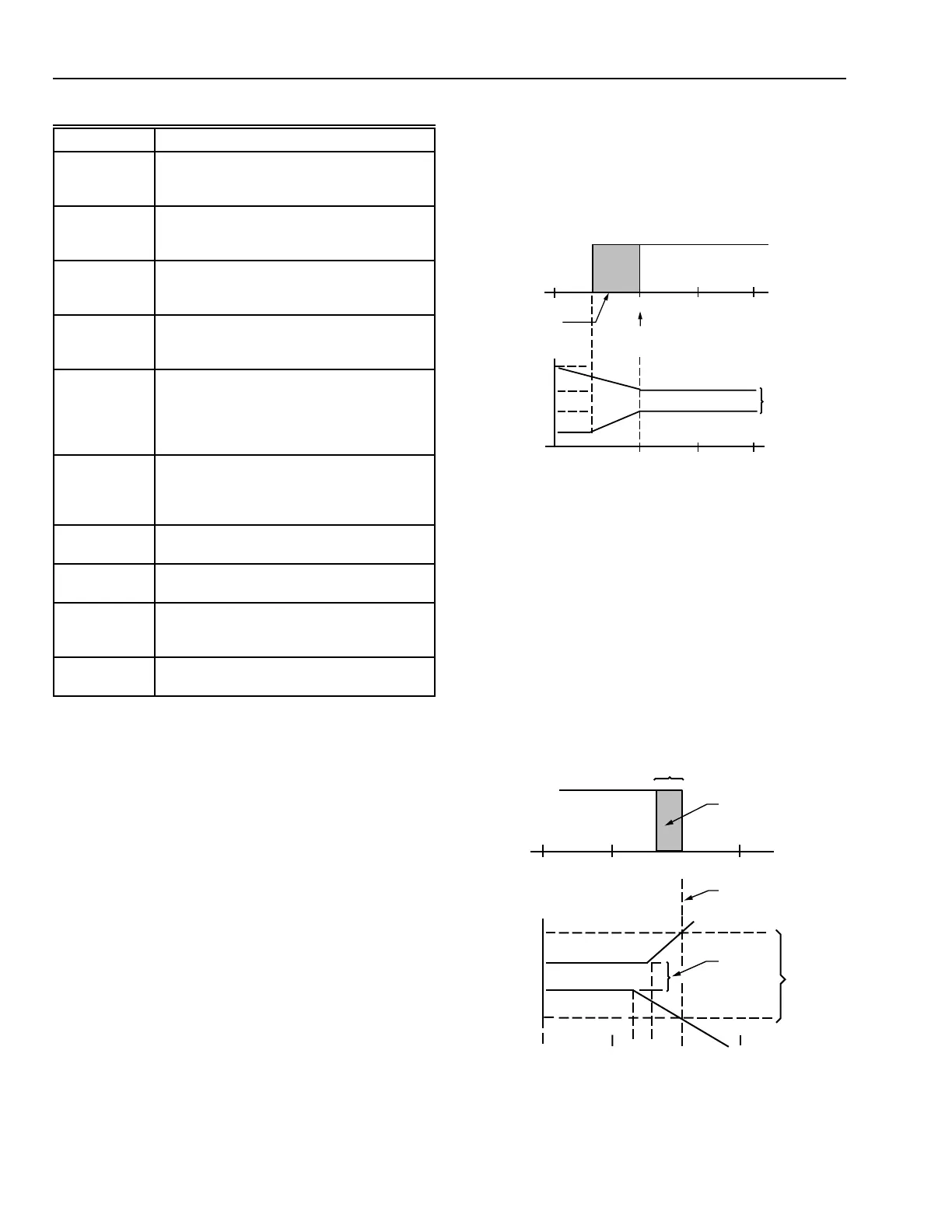